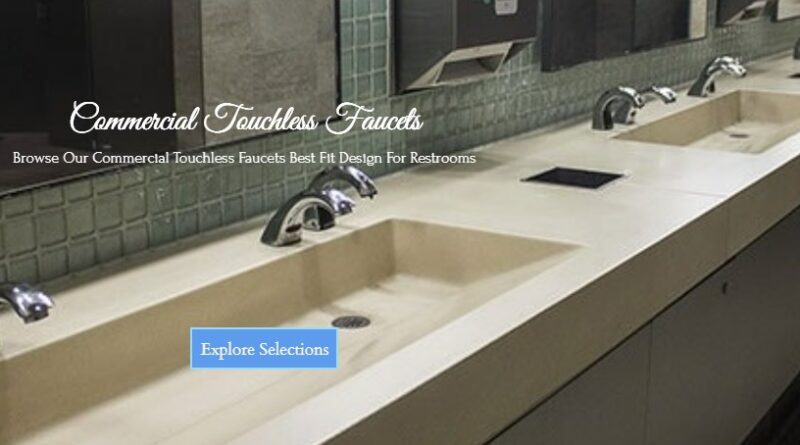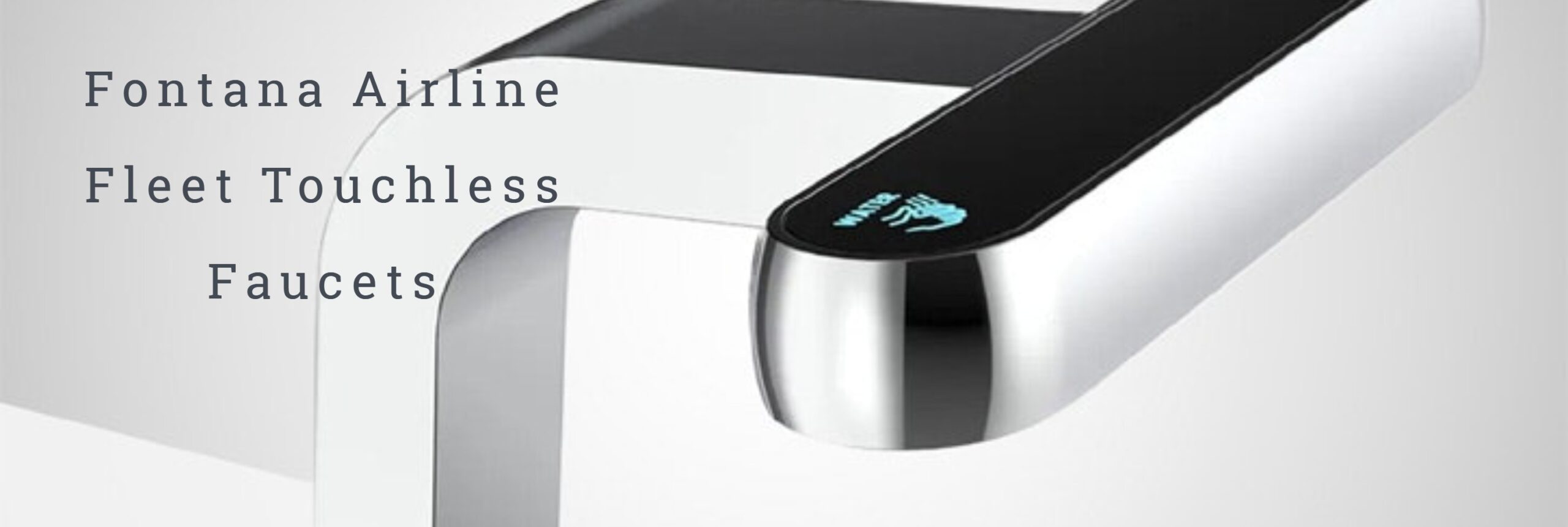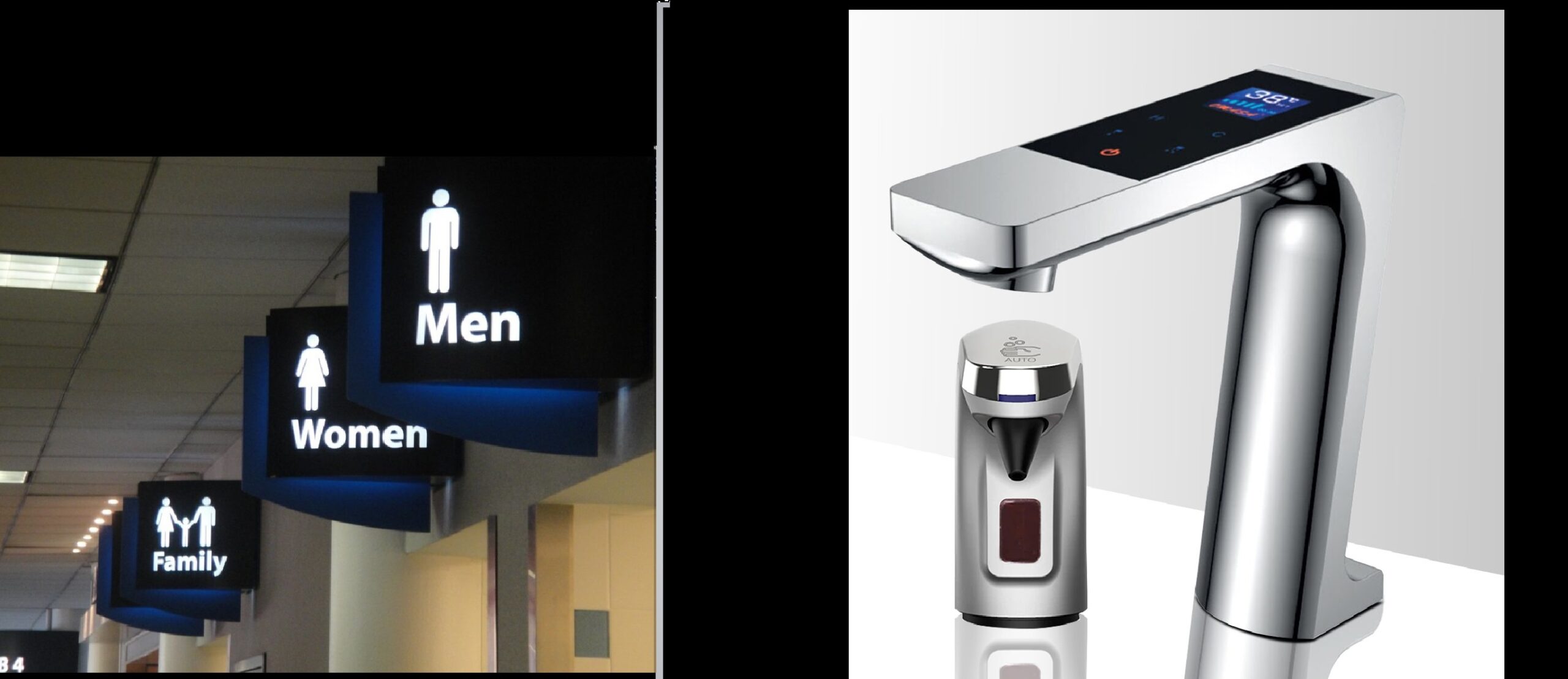Airports Touchless Technology in Public Restrooms
Studies of the integration of touchless technology in public restrooms at Airports
Case Study 1: Terminal Renovation at Los Angeles International Airport (LAX)
Project Overview: Los Angeles International Airport, one of the busiest airports in the United States, initiated a comprehensive terminal renovation project to upgrade its restroom facilities with advanced touchless technologies (see hygiene features). The goal was to improve hygiene, enhance passenger experience, and integrate sustainable solutions.
Architectural Firm’s Role: The project was tasked with a leading architectural firm specializing in airport design. The firm focused on incorporating touchless faucets, soap dispensers, and automatic toilets into the restrooms across multiple terminals. The design also considered the airport’s high traffic nature, requiring durable and reliable solutions.
Technologies Implemented:
- Touchless Faucets: Equipped with sensors to minimize contact and reduce water waste.
- Automatic Soap Dispensers: Designed to dispense a controlled amount of soap per use.
- Sensor-activated Toilets: Ensures hygiene and reduces water usage.
Outcomes: The renovation was highly successful, with the new touchless restroom facilities receiving positive feedback from passengers. The airport reported a decrease in water usage by 25% and a significant improvement in overall restroom cleanliness scores. The project set a precedent for future renovations within the airport, emphasizing the importance of hygiene and sustainability.
Case Study 2: Changi Airport Terminal 4, Singapore
Project Overview: Changi Airport, renowned for its emphasis on passenger comfort and innovation, introduced touchless restroom facilities in its newly constructed Terminal 4. The project was part of a broader initiative to enhance the technological integration throughout the terminal, setting new standards for airport design worldwide.
Architectural Firm’s Role: An internationally acclaimed architectural firm was engaged to design the terminal’s restrooms with a focus on automation and user experience. The design included extensive use of touchless technology to ensure a high level of hygiene and efficiency.
Technologies Implemented:
- Touchless Entry and Exit Systems: Doorless entries and exits to avoid contact.
- Automated Faucet Systems: Sensors to control water flow and temperature.
- Touchless Soap Dispensers and Hand Dryers: Reduce waste and improve cleanliness.
Outcomes: Terminal 4 quickly became a benchmark in airport design, showcasing how technology can be seamlessly integrated into airport infrastructure to enhance passenger experiences. Feedback from passengers was overwhelmingly positive, particularly appreciating the cleanliness and modernity of the facilities. The terminal also saw improved operational efficiencies, including reduced maintenance costs and enhanced sustainability metrics.
Closing: These case studies demonstrate how thoughtful integration of touchless technologies by architectural firms can profoundly impact airport functionality and passenger satisfaction. Projects like these not only improve the day-to-day operations of airports but also contribute to broader goals of sustainability and improved public health standards.
Los Angeles International Airport (LAX) has been a pioneer in implementing touchless technology across its facilities to enhance passenger experience and safety. This initiative includes the introduction of touchless, automated photo ID scanners at all security checkpoints, making LAX the first major U.S. airport to adopt this technology comprehensively. This system, known as Credential Authentication Technology (CAT), allows passengers to scan their own IDs without needing to hand them to a TSA officer, reducing physical contact and speeding up the verification process.
Additionally, LAX has launched a smart restroom pilot program in collaboration with Tooshlights, aimed at managing restroom traffic more efficiently. This system uses lights to indicate stall availability, which helps in maintaining higher levels of cleanliness and reducing wait times.
These advancements are part of LAX’s broader strategy to create a touch-free journey from the curb to the gate, enhancing overall airport security and efficiency while maintaining a focus on health and safety during the ongoing COVID-19 pandemic.
For more detailed information, you can explore the original sources:
For more detailed information on LAX’s touchless technologies and related initiatives, you can explore the following sources:
- Los Angeles World Airports (LAWA) Official Site – Provides press releases and detailed updates about new technologies and improvements at LAX.
- SkyTeam News – Offers insights into how airline alliances like SkyTeam, which includes airlines operating at LAX, are implementing new technology standards across member airlines and airports.
- Transportation Security Administration (TSA) – Shares information on security innovations and implementations, including touchless systems at airports like LAX.
- Federal Aviation Administration (FAA) – Reports on regulations and technological advancements in the aviation industry that affect major airports including LAX.
- International Air Transport Association (IATA) – Provides updates and research on airport operations, passenger experiences, and technological advancements affecting the global aviation sector.
These sources provide a broad spectrum of information from regulatory updates to specific project details concerning LAX and other airports adopting similar technologies.



